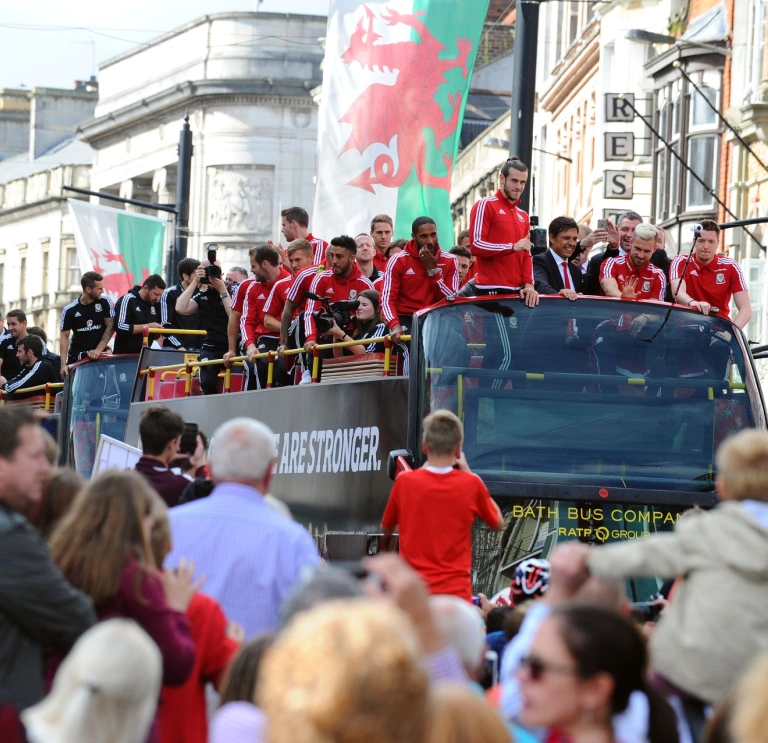When it comes to the history of Welsh football, Wrexham is a fitting place to start. The city’s stadium, The Racecourse, is where Wales played their first international home match (a 2-0 loss to Scotland; 1877), and the Football Association of Wales (FAW), the governing body of the sport in the country, was founded here in the Wynnstay Arms Hotel (which still stands today).
It’s because of this football heritage that the city is set to become the site of the Football Museum of Wales in 2025, a project I am currently helping to coordinate. The museum will be a celebration of the sport’s saga in Wales, containing exhibitions and artefacts from past and present day.
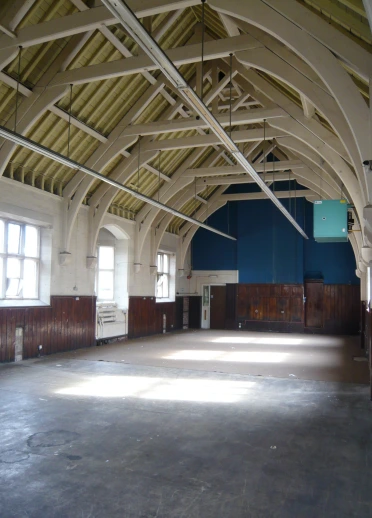

Then of course there’s the not-so-small fact that Wrexham AFC are the oldest football club in Wales. Their history stretches back to 1864, when the team played a match against the local fire station. This was the very dawn of football in Wales, where working men played in amateur club sides like Chirk and Druids FC, battling it out for The Welsh Cup, a competition still held today. The game spread through the north of Wales first, before arriving in the south (likely due to the popularity of rugby in the region – another of Wales’ favourite sports), with now well-known clubs like Cardiff City, Swansea City and Newport County AFC forming more than thirty years later (between 1899 and 1912).
As for the national team, things didn’t get going until 1876, when a solicitor named Llewelyn Kenrick from the Wrexham area put an advert in the newspaper to see if he could recruit players to represent Wales in an international match against Scotland. He was successful, taking a team of men that included a stonemason, miner and chimney sweep, up to Glasgow where they were hammered 4-0 by the home side. Wales went on to lose their next seven games.
These early defeats largely set the tone for the men’s international game in Wales for the next 100 or so years. With the exception of a now-near-mythical run to the quarter-finals of the 1958 World Cup (where the team narrowly lost to a Brazil side featuring a 17-year-old Pele), and a 3-1 quarter-final loss to Yugoslavia at Euro 76, Wales failed to qualify for any major tournaments, enduring a catalogue of mostly miserable campaigns punctured with a handful of excruciating ‘what if’ moments, with the team falling at the final hurdle of qualification – often in dramatic fashion.
Notable near misses include the controversial 1977 World Cup qualification match against Scotland where a Scottish player (Joe Jordan) was awarded a decisive penalty despite handling the ball, and the game against Romania in Cardiff to qualify for the 1994 World Cup, where Paul Bodin sent a penalty – which would have sealed the win for Wales – sailing over the crossbar.

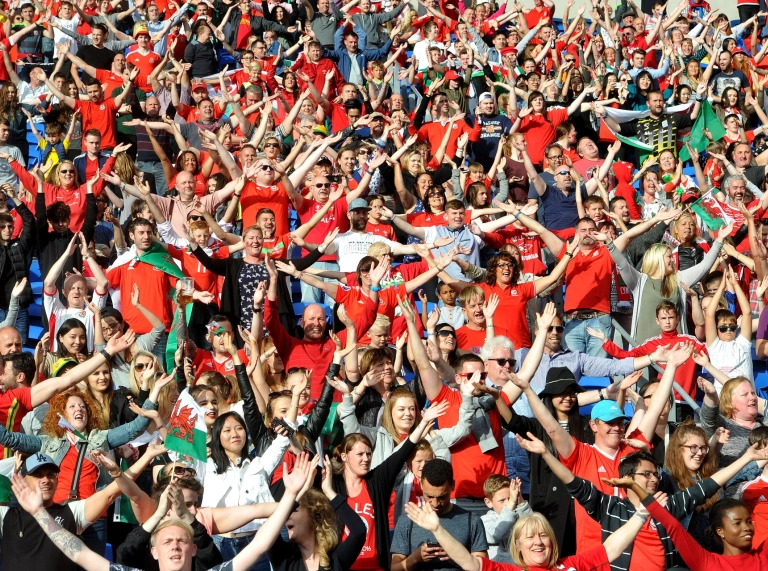
At the same time, things were faring even worse for the women’s game. The sport rolled into Wales with the London-based British Ladies Football Club, one of the first women’s teams in the world, who toured Wales a number of times during the late 19th century and attracted large crowds. This interest in the sport grew during the First World War when women, drafted into munitions factories to replace the men who’d gone off to fight, formed teams to play each other. A number of women’s matches (typically charity games to raise funds for the war effort) were held at Wrexham’s Racecourse ground, including a game featuring the famous Preston-based outfit Dick, Kerr Ladies FC, who would go on to play in front of 53,000 fans at Everton’s Goodison Park stadium on Boxing Day, 1920.
Then came the ban. Initially instigated by the Football Association in England and then adopted by the Football Association of Wales in 1922, the new rule prohibited women from playing football at any ground or stadium affiliated with the FAW, making matches extremely difficult to organise and reducing the flourishing sport to a minority activity. The reason given for the ban was that football was deemed unsuitable (‘too physical’) for women, but the suspicion surrounding it has always been that the men running the game in those days didn’t like how popular it was becoming. Women’s football remained banned in Wales until 1970.
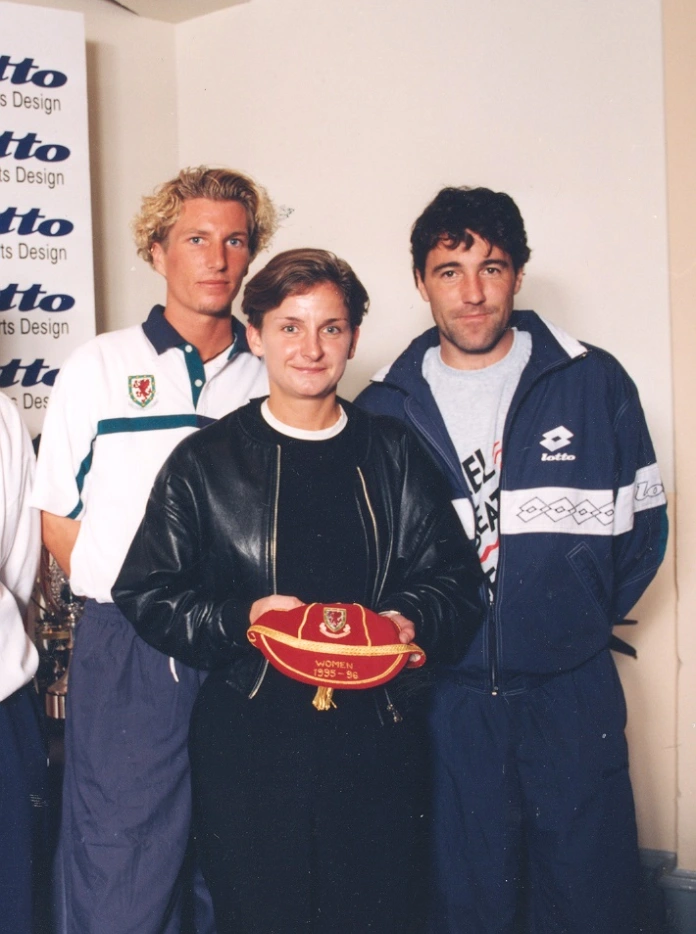
Thankfully, recent times have seen a change in the footballing fortunes of both the men’s and women’s game in Wales.
The appointment of Gary Speed as manager of the men’s international team in 2011 kick-started a period of unprecedented success, with the team (who had slumped to a record-low 117th in the world ranking, below North Korea and the Faroe Islands) qualifying for Euro 2016 where – under Speed’s successor, Chris Coleman – they enjoyed a staggering run to the semi-finals of the competition, which included a stunning 3-1 win against Belgium. It’s a summer that changed the outlook of football in Wales, and the team – consisting of now-household names like Gareth Bale, Aaron Ramsey and Joe Allen – were paraded through the streets of Cardiff in an open-top bus.
The scenes of jubilation showed just how far Welsh football has come since the 1958 World Cup, where, it’s said, one of the returning players was innocently asked by a train conductor at Swansea Station if he’d been anywhere nice on his holidays.
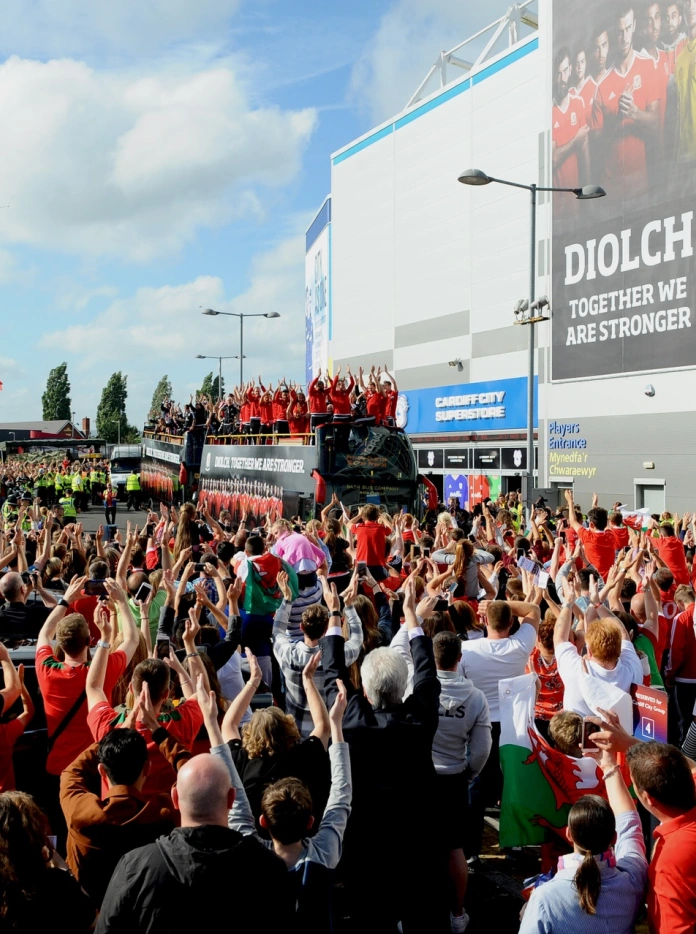
Now under the leadership of Craig Bellamy, the men’s team have followed up this Euros success story with appearances at both Euro 2020 and, notably, the 2022 FIFA World Cup in Qatar – only the second time in history Wales have qualified for a world cup tournament.
Following the lifting of the playing ban in 1970, the international women’s team has also enjoyed a period of recent success. Though narrowly missing out on qualifying for both the 2019 and 2023 World Cups (the latter due to a heart-breaking defeat to Switzerland in the final minute of extra time), the team succeeded in securing qualification for Euro 2025, their first international tournament. This increasing success on the pitch has undoubtedly contributed to the growth of the game at grassroots level, with Wales witnessing a 50 per cent rise in the number of girls and women playing football in the country from 2017-2020.
The club game in Wales is in a buoyant position too, with Cardiff City and Swansea City both enjoying recent campaigns in the top flight of the English league system, while eight women’s teams compete each season in the domestic Adran Premier League.
But, having started in the city of Wrexham, it feels only right to end there too.
In what has to be one of the most surreal episodes in Welsh football history, the city’s football club, Wrexham AFC, made headlines in 2020 following a successful takeover bid by Hollywood duo Ryan Reynolds and Rob McElhenney.
Despite many initially dismissing the idea of two actors wanting to run a Welsh football team (then playing in the less-than-glamorous fifth-tier of the English football league) as something of a joke, the new owners were deadly serious about their ambitions to help the club recapture former glories. Consequently, Wrexham’s historic team has been thrust into the global spotlight, enjoying big-name sponsorships, record ticket sales and a meteoric rise through the football divisions that not even the most optimistic fan would have expected.
The development adds yet another chapter to the city’s storied footballing heritage, and the latest (rather surprising) twist in Wales’ long relationship with the round ball – with plenty more history still to be made.


